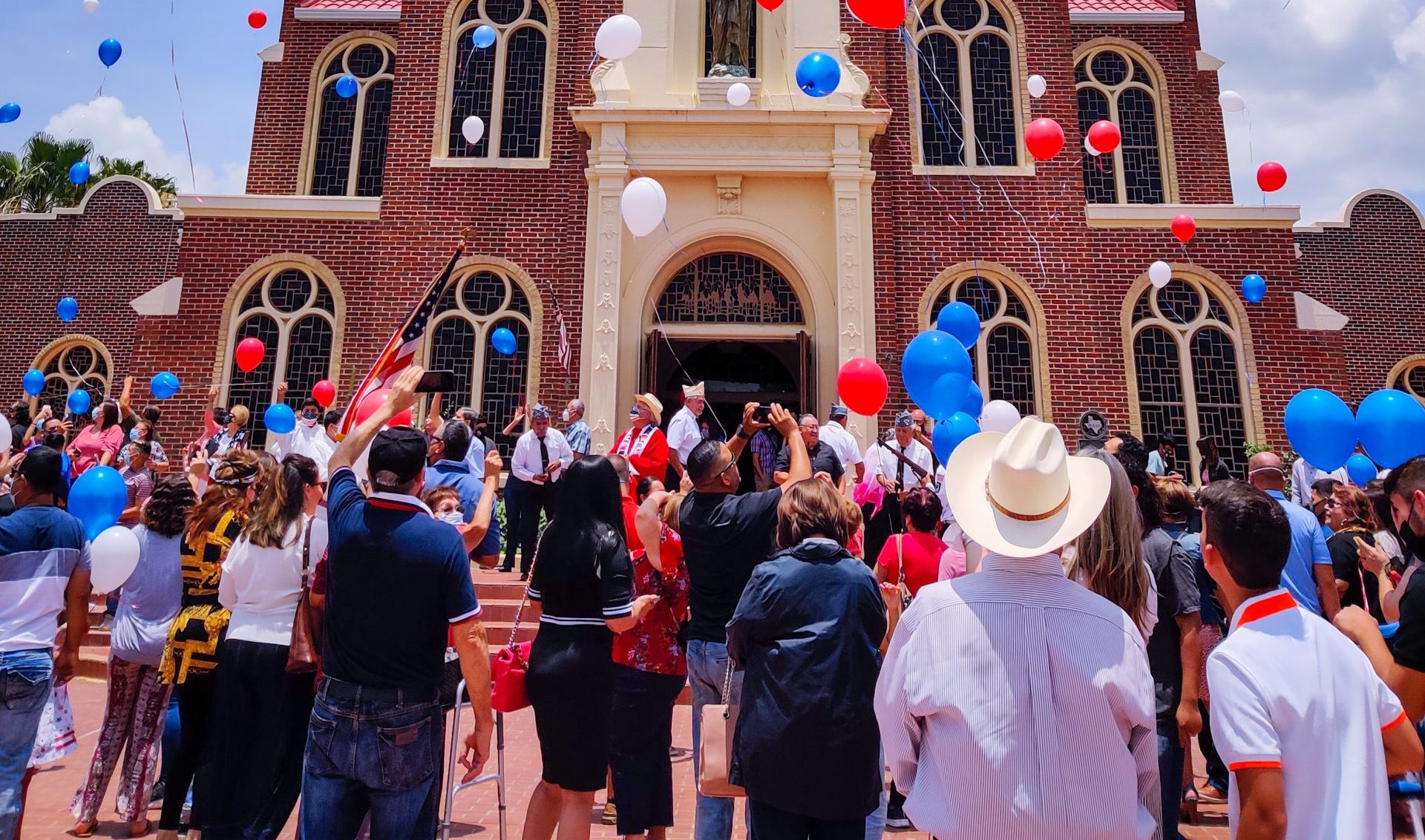
Chris Lange, FISM News
[elfsight_social_share_buttons id=”1″]
An intriguing new study shows that despite an overall decline in church attendance in the U.S., Hispanic Protestant churches are actually growing.
Moreover, while older Americans are traditionally more likely to attend church than younger Americans, Hispanic church growth has been largely fueled by young congregants who also happen to be new to the U.S.
The study, conducted by evangelical research firm Lifeway, surveyed 692 pastors of Hispanic churches. It found that a majority (54%) of Hispanic congregations in the U.S. were established after 2000, including 32% that were founded in 2010 or later. The poll also shows that 35% of Hispanic Protestant church congregations are under the age of 30. Moreover, 58% of congregants are first-generation Americans.
It is unsurprising, then, that 53% of Hispanic Protestant churches conduct their worship services in Spanish, while 22% hold bilingual services.
“We see more and more English-speaking churches either planting a Hispanic church or adding a service in Spanish to their current congregation,” Giancarlo Montemayor, director of global publishing for the research firm’s Hispanic division, Lifeway Recursos, said of the study.
Most Latino Protestant churches were not affiliated with an English-speaking or white church, a revelation that came as a surprise to Jonathan Calvillo, an assistant professor of Latino studies at Emory’s Candler School of Theology.
“That’s an interesting insight because I’ve come across an assumption that Latino Protestants are directly tied to white churches and white leaders. This shows otherwise,” Calvillo said. Calvillo’s research focuses on the impact of religious affiliation influences on ethnic identities among Hispanics.
Montemayor said that the study’s findings underscore the importance of being able to offer Latino churchgoers “something in their own language with their own culture” that also includes “resources in their own preaching style and music.”
“They want their own roots in the congregation,” Montemayor added.
LINGERING COVID EFFECTS
One similarity that predominantly white, black, and Hispanic evangelical churches appear to share is the lingering effects of COVID-19. However, the pandemic has impacted these congregations in different ways.
FISM recently reported on the findings of a study conducted by the American Enterprise Institute (AEI) which showed that Christian churches across the board have struggled to reach pre-pandemic attendance numbers. Among white and black churches, this trend is largely attributed to congregants who have either fully switched over to streaming worship services made widely available amid the pandemic lockdowns or who have essentially gotten out of the habit of attending church altogether. The Lifeway survey, however, found that Hispanic congregants cited fear of contracting COVID-19 as one of the top reasons that has kept them from attending in-person worship.
The pastors who participated in the survey represented American Baptist Churches USA, Assemblies of God, United Church of Christ, Seventh Day Adventist, Evangelical Lutheran Church in America, Concilio Evangélico Internacional, Southern Baptist Convention, United Methodist Church, and non-denominational churches, according to the report. Nearly 80% of respondents self-identified as “evangelical,” while 16% identified as “mainline” Christian preachers.
